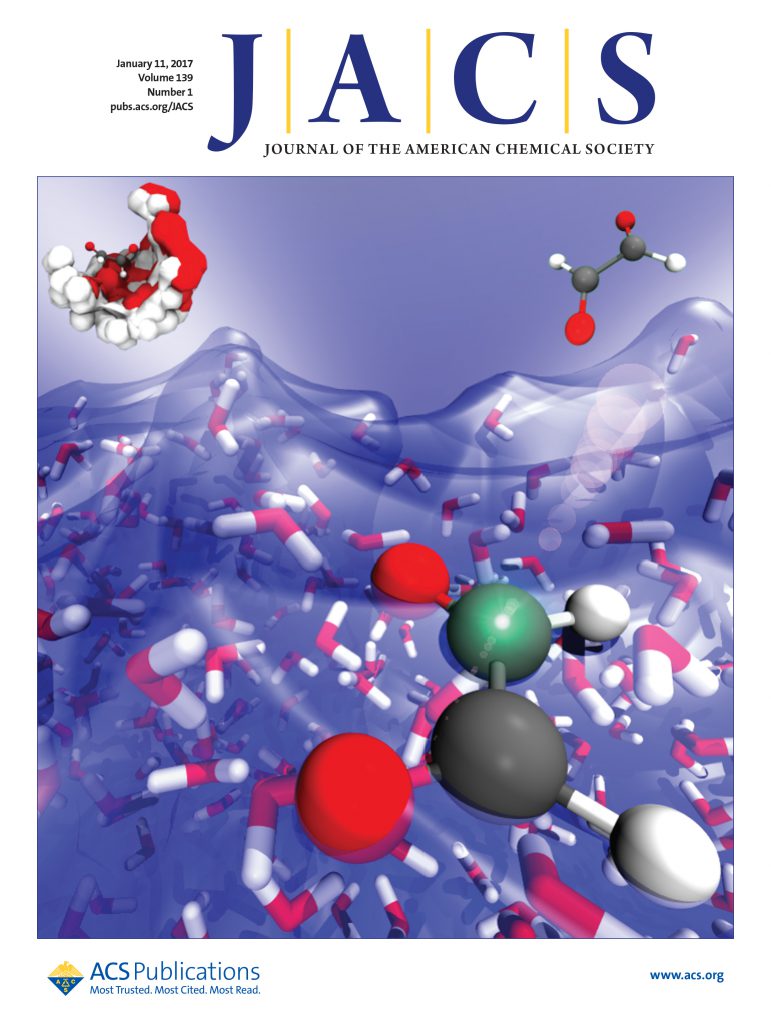In Situ Identification of Spin Magnetic Effect on Oxygen Evolution Reaction Unveiled by X-ray Emission Spectroscopy
IF 14.4
1区 化学
Q1 CHEMISTRY, MULTIDISCIPLINARY
引用次数: 0
Abstract
Manipulating the spin ordering of the oxygen evolution reaction (OER) catalysts through magnetization has recently emerged as a promising strategy to enhance performance. Despite numerous experiments elaborating on the spin magnetic effect for improved OER, the origin of this phenomenon remains largely unexplored, primarily due to the difficulty in directly distinguishing the spin states of electrocatalysts during chemical reactions at the atomic level. X-ray emission spectroscopy (XES), which provides information sensitive to the spin states of specific elements in a complex, may serve as a promising technique to differentiate the onset of OER catalytic activities from the influence of spin states. In this work, we employ the in situ XES technique, along with X-ray absorption spectroscopy (XAS), to investigate the interplay between atomic/electronic structures, spin states, and OER catalytic activities of the CoFe2O4 (CFO) catalyst under an external magnetic field. This enhancement is due to the spin magnetic effect that facilitates spin-selective electron transfer from adsorbed OH– reactants, which strongly depends on the spin configurations of the tetrahedral-(Td) and octahedral-(Oh) sites of both Fe and Co ions. Our result contributes to a comprehensive understanding of magnetic field-assisted electrocatalysis at the atomic level and paves the way for designing highly efficient OER catalysts.

求助全文
约1分钟内获得全文
求助全文
来源期刊
CiteScore
24.40
自引率
6.00%
发文量
2398
审稿时长
1.6 months
期刊介绍:
The flagship journal of the American Chemical Society, known as the Journal of the American Chemical Society (JACS), has been a prestigious publication since its establishment in 1879. It holds a preeminent position in the field of chemistry and related interdisciplinary sciences. JACS is committed to disseminating cutting-edge research papers, covering a wide range of topics, and encompasses approximately 19,000 pages of Articles, Communications, and Perspectives annually. With a weekly publication frequency, JACS plays a vital role in advancing the field of chemistry by providing essential research.

 求助内容:
求助内容: 应助结果提醒方式:
应助结果提醒方式:


